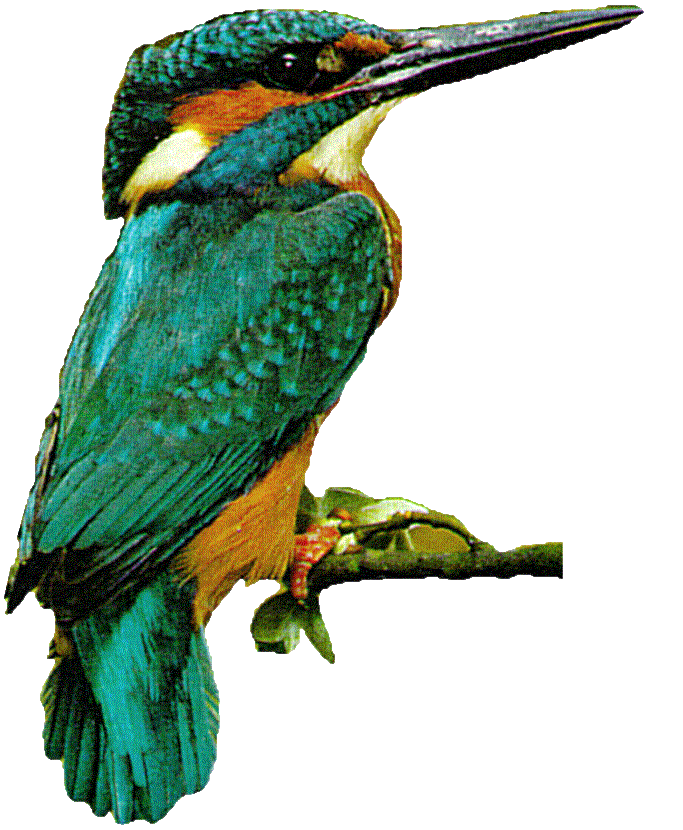Birds are one of the common creatures of the world that is found everywhere in the world including all seven continents. Among them some of them are most common that can be seen easily around our house. In this topic we will try to mention about some common birds in the world.
 Another common species of bird but has become rare nowadays is Cattle Egret. It has several species. Among them white Cattle Egret is the largest. Its normal size is about 50 cm. It mainly feeds insects, seeds, small birds etc. It is so beautiful to look at. It is found easily in the country areas in the Indian sub continent. It normally builds its nest in large colonies on the trees. It is normally seen in the open lands, farm lands, swamps, wet fields etc.
Another common species of bird but has become rare nowadays is Cattle Egret. It has several species. Among them white Cattle Egret is the largest. Its normal size is about 50 cm. It mainly feeds insects, seeds, small birds etc. It is so beautiful to look at. It is found easily in the country areas in the Indian sub continent. It normally builds its nest in large colonies on the trees. It is normally seen in the open lands, farm lands, swamps, wet fields etc.Another common species of bird is Pigeon. It is not only common in Asia but also in the Europe, America etc. It has several species. Its color varies from one to another. It is also popular as pet bird. Its normal size is 30 cm. It mainly feed seeds, insects etc. It is seen in the open fields, farm lands, grass fields etc.
Myna is another common species of bird that is found in the Indian Sub Continent. Its body color is light brown. Its normal size is 25 cm. It is mainly seed-eater. It also eat insects, crops etc. It is normally seen in the open country sides, farm lands, grass lands etc. It normally build its nests in the tree holes.



Good...
ReplyDeleteHobby Electronics